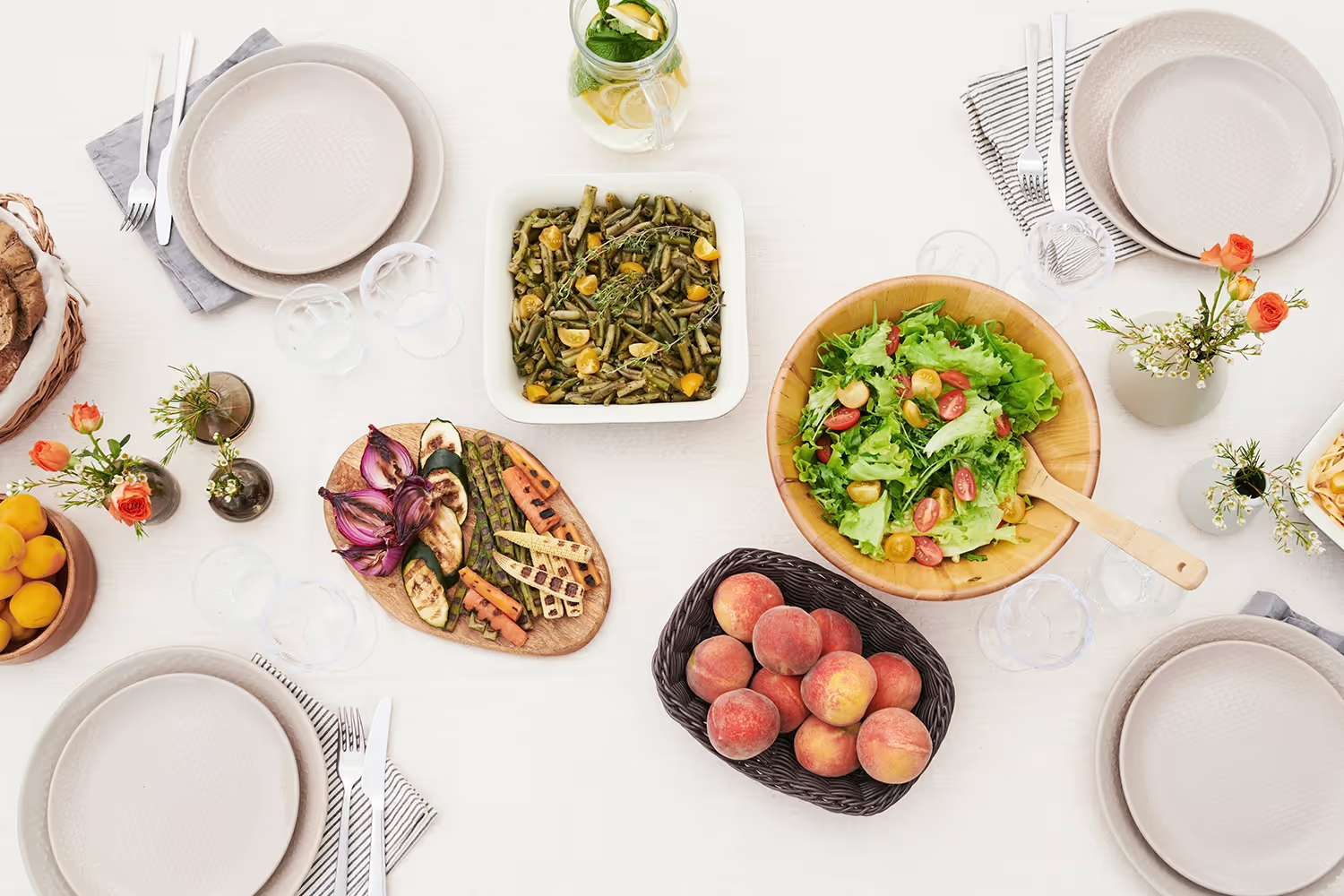As you throw a mix of vegetables into a pan or a pot of boiling water, do you ever stop to think how your choice of cooking affects their nutritional content? The difference between cooked vegetables vs. raw can be significant, and some cooking methods can leach or deplete the nutrients from vegetables faster than others.
However, while raw vegetables are healthy on their own, cooking can be a helpful process that changes their structure, texture, and palatability, and can help you get the most out of this nutrient-dense food group. Eating whole foods is an important way to maintain your wellness and improve autoimmune symptoms, and knowing how to treat your veggies right will help you reap the many benefits of this colorful, fibrous food group.

6 Benefits of Eating Cooked Vegetables vs. Raw
We all know by now that vegetables are good for us, but there’s a lot of science that goes into why they’re good for us. Let’s take a look at some nutritional benefits of cooked vegetables compared to raw, how your cooking process changes raw vegetables, and what it all means for the nutrient content of your veggies.
By the end, you just might be surprised by all the benefits a serving of mushrooms or chilled potatoes can provide!
1. Reduces Levels of “Anti-Nutrients”
Leafy green vegetables are nutritional powerhouses. They provide protein, fiber, essential fatty acids, and are good sources of vitamins A and K and minerals such as calcium, iron, and potassium. But did you know that green leafy vegetables also contain substances known as “anti-nutrients”? These chemical compounds, such as nitrates, oxalates, and tannins, are commonly found in spinach, kale, beet leaves, and other edible greens. Anti-nutrients have the potential to interfere with the body’s ability to absorb protein, minerals, and other beneficial nutrients through the chemical bonds they form once consumed. (Source)
Plants produce anti-nutrients in part to defend themselves against harmful invaders (think pests, diseases, mold, and fungi). The anti-nutrients make plants a less desirable food source for insects and mammals, especially if consumed in large amounts. However, some anti-nutrients also have health benefits, such as lowering cholesterol, and research so far hasn’t shown they pose a measurable detriment to health. (Source)
You might get a large dose of anti-nutrients if you eat a meal composed largely of just one vegetable, but there’s a low chance of toxicity from these compounds if you’re eating a variety of vegetables. Even so, it’s possible to lower the amounts of anti-nutrients in leafy greens by cooking them instead of eating them raw. Steaming and blanching are two ways to increase the availability of nutrients, as the heated plant cell walls burst and allow anti-nutrients to leach out into the water or pan. (Source, Source)
So the next time you’re planning to throw a handful of raw spinach or chard into a smoothie or salad, consider giving it a quick heat treatment to reduce the anti-nutrient levels in your leafy greens.
2. Retains Phytochemicals While Adding Healthy Fats
Cruciferous vegetables such as Brussels sprouts, cauliflower, cabbage, kohlrabi, and the other 3,000+ species of this plant family are touted for their wide-ranging health benefits. Crucifers are unique sources of the bioactive plant compounds (or phytochemicals) called glucosinolates, which impart the characteristic bitter, spicy, or even pungent flavor of these plants due to the sulfur they contain. Glucosinolates have the potential to help prevent chronic diseases by promoting an anti-inflammatory response in the body. (Source)
Raw cabbage in a coleslaw makes for an easy side dish or a crunchy topping for taco salad, but you can benefit even more from stir-frying cabbage — specifically Chinese cabbage. Stir-frying is a quick method for preparing vegetables by using a hot pan and a small amount of oil, and a study published in Plant Foods for Human Nutrition found that the glucosinolate concentration in Chinese cabbage actually increased, as compared to its raw counterpart, within the first 8 minutes of cooking. (Source)
Stir-frying is a worthy cooking option to maintain the health-promoting and disease-preventing compounds in Chinese cabbage, and has the added benefit of using healthy fats to cook the cabbage in, such as avocado oil or extra-virgin olive oil. Take your cabbage and its glucosinolates to the next level by stir-frying and combining it with other anti-inflammatory foods for your next satisfying meal.

3. Increases Antioxidant Activity
Technically, mushrooms are fungi, but in the culinary world they’re counted as vegetables. A serving of mushrooms has the potential to increase the amount of several vitamins, minerals, and essential nutrients in your diet.
Raw mushrooms contain fiber, B vitamins, and vitamin D (when exposed to UV light), along with selenium, copper, potassium, and choline. All of these nutrients contribute to a well-functioning body and immune system. Typically, Americans under-consume potassium and choline, so a half-cup serving of mushrooms can help to close that nutritional gap. (Source)
So we know that raw mushrooms are a vegetable worth eating, but what about once they’re cooked? Mushrooms and their nutritional value are easily influenced by cooking techniques, and although some research exists on this topic, there’s not yet a plethora of examples to draw from. Here’s what the current science tells us: Whereas deep frying or boiling reduces antioxidant activity, grilling or microwaving mushrooms actually increases the antioxidant activity, making these 2 options preferable for maintaining the most nutrients from your serving of fungi. (Source)
Next time you’re putting kebabs on the grill or popping leftover stir-fry in the microwave, you can be assured that adding mushrooms will enhance the antioxidant levels and overall nutrient levels in your meal. And your smart choice has an added benefit: Mushrooms are a science-backed food that reduce your cortisol levels, thanks to a type of fiber called beta-glucans that lowers production of the stress hormone.

.avif)
%20(1).avif)
%20(1).avif)

.avif)











.avif)

%2520(1).avif)


